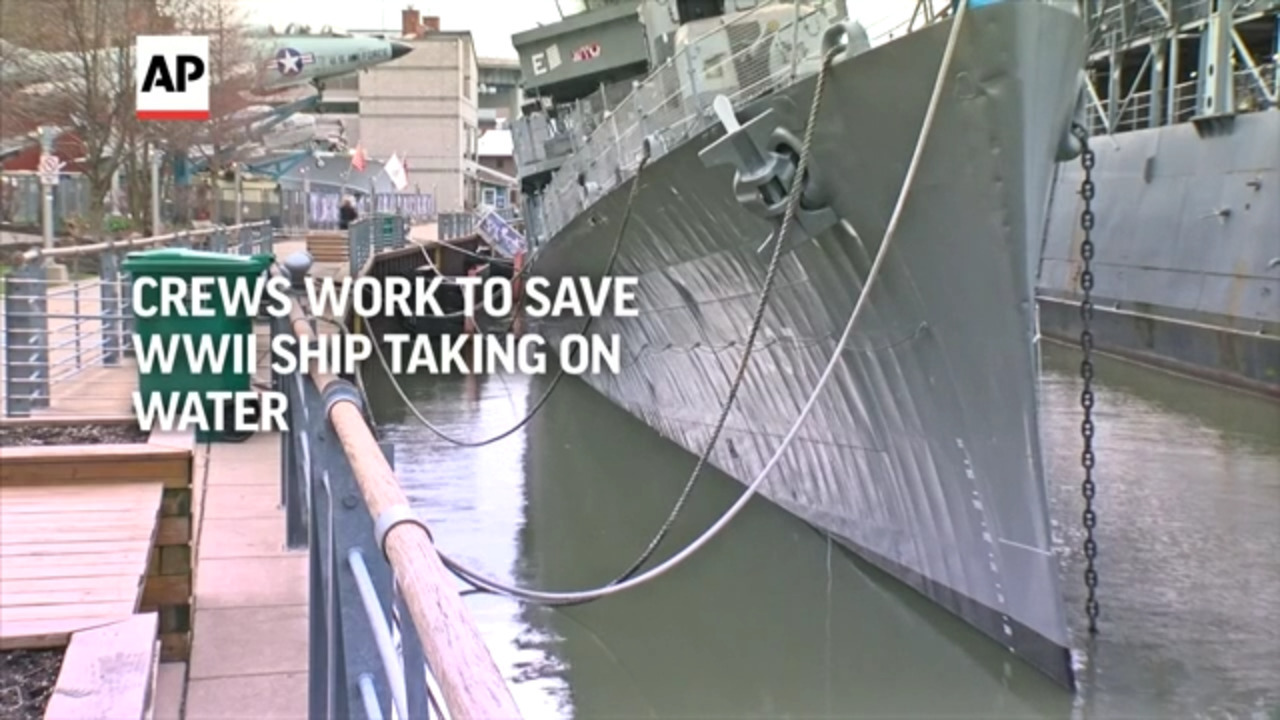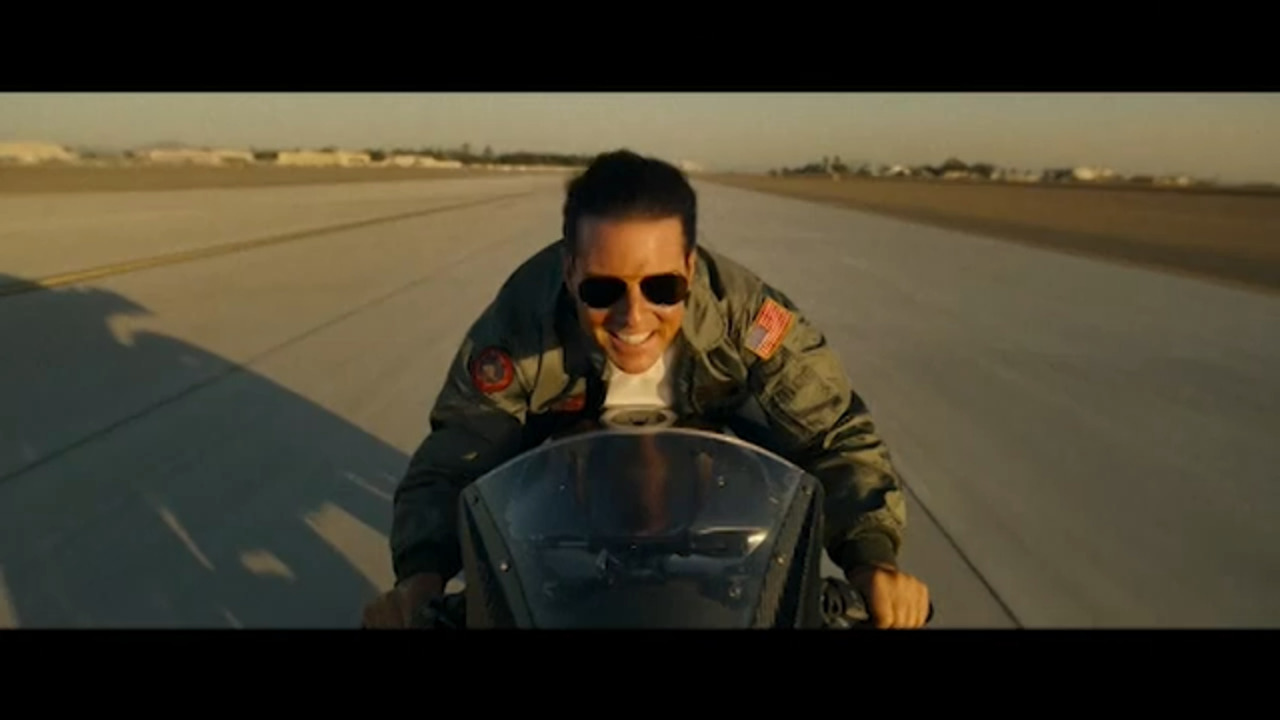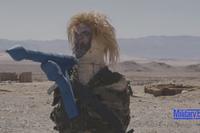A decommissioned World War II-era destroyer docked near downtown Buffalo in New York is taking on water and listing...
30 Years On - the Siege of Sarajevo Remembered
This was school for children in Sarajevo in 1995.
They kept learning during the longest military siege in modern history.
But sacks over broken windows and dark classrooms were the reality for education during the Bosnian War.
The Serb siege of Sarajevo began on April 5, 1992 and went on for 44 months.
For most of that time, some 400,000 of the multi-ethnic city's residents were left without electricity, water or heating, hiding from almost constant sniper fire and over 300 shells a day that smashed into the city.
At Fatima Gunic primary school, the building is still pock marked from the fighting.
School buildings were frequently targeted by mortar attacks, so lectures were instead moved to nearby basements and abandoned ground floor shops and flats.
Teacher Arijana Djidelj tried to get on with her job, despite the danger surrounding her young students.
"Children are innocent, they did not fully understand what was going on, but they were very frightened. During classes, when shooting or shelling would start, they would gather around me and look up to me as if I could offer them a solution. It was up to the teacher to somehow distract them, to say 'let us sing something' or similar," she recalls.
"Of course, I was also frightened, but I could not show my fear in front of the small children and instead, I was always telling them that it will be over soon, that they should not worry."
And her pupils took comfort in their lessons.
"Trust me, during the war, children were studying much harder than today. It is hard to believe, but it is true. School, school friends and teachers were all they had at the time," says Djidelj.
But not even going to school was safe.
In November 1993, a mortar slammed into one of the improvised classrooms of Djidelj's school, killing her colleague, teacher Fatima Gunic, and three of her pupils, all younger than ten.
The school is now named after that slain teacher.
At Abdulah Nakas Sarajevo city hospital, the siege pushed medical staff to their limits.
People with terrible injuries from snipers' bullets or shells would arrive - but the doctors had to operate without some of the most basic resources.
Doctor Dragan Stevanovic remembers all too well how difficult it was to save lives.
"We had no electricity nor most other things that a modern hospital, normal surgery rooms, need to function. We had no lights, no heating, we could not sterilize the instruments in a normal way, we had no elevators nor anything else," he says.
Damage is still visible on the upper floors of the hospital, a reminder that this place was a target too.
"Throughout that time, we were under constant enemy attacks, sniper and mortar fire, and we had to worry about the safety of our patients, of the injured, and our staff," says Stevanovic.
He believes the war made him a better doctor.
"But it (the war-time experience) had made me stronger by showing me that what we were told in school is true, that everything a man wills is possible, that medicine is much more than what one can find in textbooks and professional norms, and I continued to rely on that in my life and my work after the war," he says.
This busy main street became known as 'Sniper's Alley' during the war.
But despite the danger, Sarajevans did their best to carry on with their lives - cut off from the rest of the world.
The emergence of a vibrant war-time cultural scene was probably the strongest evidence of the city's resilience and defiance, even drawing some world-famous artists such as Susan Sontag and Joan Baez to the besieged city.
Izudin Bajrovic is an actor, who in 1993 performed in Susan Sontag's staging of Waiting for Godot.
"In the early days, maybe even months, of the siege we stopped being actors, doctors, workers, waiters. We became civilians who live in a besieged city and are trying as best as they can to adjust to life in a drastically changed context. But after the initial shock we became ourselves again," he says.
And while the siege was a painful time, it also brings back proud memories.
"It (surviving the siege) helped us discover within ourselves something that we did not know was there, it helped us understand that we can endure what seemed unbearable. That we can be hungry and thirsty and cold and still look for and find beauty in life," says Bajrovic.



